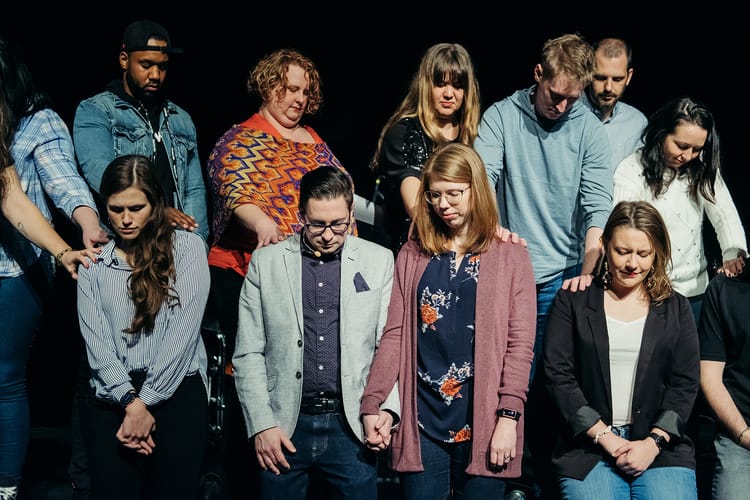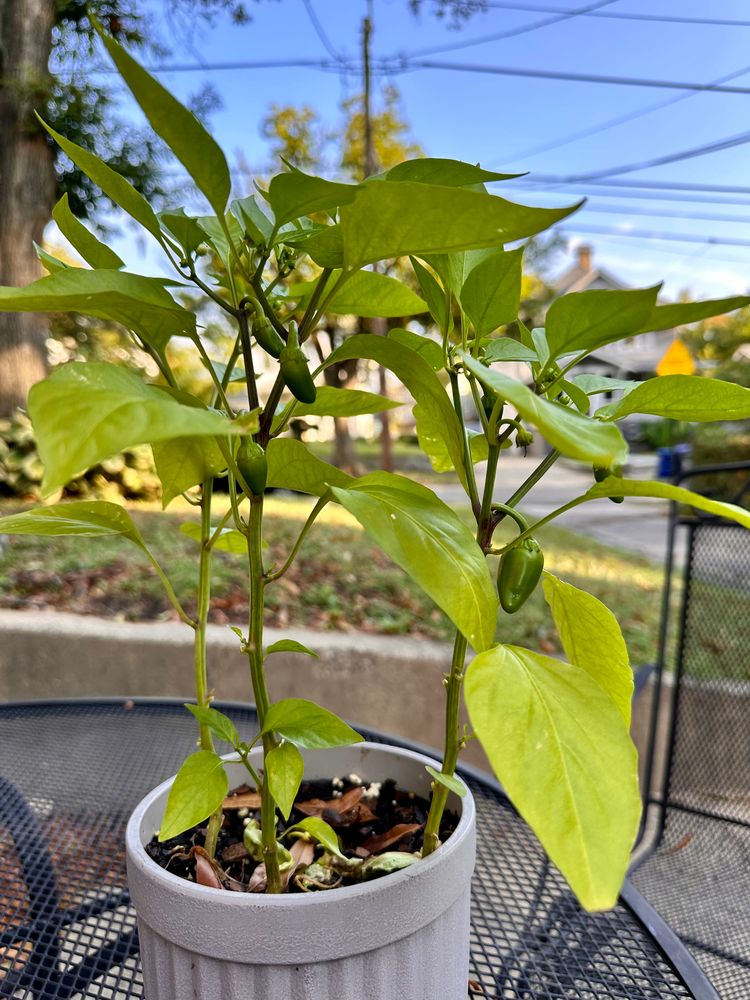6 Ways Jesus Embraces Both Impact and Intimacy
A near-constant conversation that the staff of Good News has is how to properly calibrate what happens during a weekend service and what happens in the homes of our congregations. There are a lot of different ways to talk about this within the church world. Attractional and Missional. Impact and Intimacy. Megachurch and House Church. Gathered and Scattered.
Something that I am committed to is the idea that churches can and should pursue excellence in both the Attractional Gatherings (the large, public space gatherings that happen during the weekend in a building) as well as the Missional Scatterings (the smaller, social space meetings in homes and neighborhoods). I am committed to this because I see this as the way that Jesus worked.
Matthew 13 opens with Jesus leaving the house He was staying at (mostly likely the oikos of Peter and Andrew in Capernaum) and sitting by the lake. Because Jesus was who He was, a crowd couldn't help but gather. Jesus took the opportunity to preach to the crowd, and He did it in a way that was winsome, innovative, and allowed Him to speak to the most amount of people at a time--He got into a boat, rowed out a little way, and allowed the acoustics of the lake and hillside to act as a natural amphitheater for His voice.
In this, we can recognize 3 things:
- Jesus had no issues with crowds. In fact, Scripture says that Jesus had compassion on them because they were like sheep without a shepherd. Jesus didn't rail against the size of the number of people who were interested in hearing Him speak the message of God's Kingdom.
- In fact, it seemed that Jesus was doing His best to get those crowds to hear Him. Jesus was using innovative technology (boats and lakes and acoustics) in order to allow His message to get to more people. And,
- Jesus used innovative and provocative teaching methods to teach to those crowds. Contrary to popular belief, Jesus used parables not to make His teachings easier to understand but rather as a way to draw people deeper into thought and consideration of His teaching. Jesus was intentionally obscuring His message in order to invite His listeners to think about God and His Kingdom in new ways.
But Jesus also recognized the limits of this style of ministry. Large public space gatherings cannot be the primary place where discipleship happens. Proclamation, preaching, declaration--absolutely. But digging into the meat of Jesus' teaching and how it applies directly to our lives, that's not going to happen with a crowd on a hill.
And so we come to Matthew 13:36, "Then Jesus left the crowd and went into the house. His disciples came to Him and said, "Explain to us the parable(s) . . . " Here we see 3 more things about Jesus' methodology:
- Jesus wasn't okay just staying with the crowds. It could have been easy for Jesus to simply sit and soak in the accolades of a crowd that adored Him. But Jesus wasn't content with that. He wanted to go deeper and knew it couldn't happen with thousands of people at once.
- Some of Jesus' deepest teaching happens in the content of the home (and usually around food!). The hard work of discipleship is going to require getting close, getting into one another's personal space, and then diving in.
- Jesus saved His best and deepest teaching for those who really wanted it. When the disciples came and asked for an explanation of the parables, Jesus gave it to them. I imagine that Jesus would have given answers to any who dared ask. But Jesus' bar of discipleship was admittedly high. People had to forsake all, pick up a cross, and follow. Though the cost was high, the rewards were immeasurably rich.
When I look at this repeated pattern of Jesus' teaching and discipleship, I'm convinced that a church methodology that forsakes large gatherings for the sake of small ones (and vice versa) is missing out on a crucial part of what made Jesus successful.
We'll spend some time in future posts to talk about the implications for the modern church.






Member discussion